The Board of the U.S. International Development Finance Corporation (DFC) just confirmed Andrew Herscowitz to the position of chief development officer (CDO). A career USAID foreign service officer, Andrew has spent the past seven years directing Power Africa. It is hard to think of a more relevant background for this position—two decades with USAID, extensive field experience, and in managing Power Africa having to coalesce interagency cooperation and work with the private sector.
Particularly as this position is new to the U.S. development finance agency (the predecessor agency OPIC had no such position), it’s important to understand the roles and responsibilities the BUILD Act assigns to this position, and what it would take to ensure fulfillment of the vision for the position.
Fortunately, the authors of the BUILD Act set forth a clear design for the position. Section 1413(g) enumerates a range of responsibilities, including advising the board and managing relations with other agencies, relations with USAID on joint projects and monitoring and evaluation of projects, transfer of funds to and from other agencies, and the all-important performance measurement system.
Board and Development Advisory Council
The prominence and level at which the Congress expects the CDO to operate is evidenced by the BUILD Act authorizing the position to be filled by the DFC CEO, but with the approval of the board and the concurrence of the administrator of USAID, and that the CDO report to the board. This is a highly unusual arrangement that raises the profile above the level of a normal second-level agency official. The board comprises the CEO and four cabinet level officers (along with four private members), so the CDO is reporting to and interacting at the highest level of government. The Act authorizes a Development Advisory Council to advise the board and directs that the CDO, along with the CEO, provide recommendations for membership. The CDO is to serve ex officio on the Council.
USAID and the interagency
The intent of the authors of the BUILD Act, and the various stakeholders who helped advance the initiative, is that the DFC will have greater interaction throughout the interagency—particularly USAID, the Department of State, and the Millennium Challenge Corporation (MCC), but also other government agencies involved in international development—than was the case with its predecessor agency, the Overseas Private Investment Corporation (OPIC). The understanding is that the DFC and USAID need each other and can be more effective jointly than separately.
While DFC staff are high quality and well-schooled in development, USAID has broader and deeper expertise and greater experience in-country, so the DFC can benefit from engaging USAID personnel. In particular, the DFC will have authority and funds for technical assistance that was absent from OPIC and needs USAID expertise for design and management. Further, the DFC has acquired from USAID the Development Credit Authority (DCA), which will continue to require support from USAID, particularly USAID country missions. On the USAID side, while it has considerable experience in working with the private sector—note its extensive engagement with the private sector through Power Africa, Feed the Future, and health—the DFC has deeper experience on the financial side and structuring investment projects. Further, the two agencies, working together—as has happened in Power Africa—can combine the expertise and resources of both to provide more seamless and effective support for development.
The Act sets out various responsibilities for the CDO in managing relations with USAID and other agencies. At the broadest level, the CDO is to coordinate the DFC’s development policies and implementation efforts with relevant U.S. government agencies, specifically to ensure they are familiar with and have access to DFC tools. The CDO is to manage employees dedicated to structuring and monitoring transactions and projects that are co-designed with USAID and other government agencies.
Beyond this broad oversight of the DFC’s development relations with other government agencies, it is more specific as to its relationship with USAID. The CDO is directed specifically to liaise with USAID country missions and to coordinate with USAID on a variety of matters. The CDO is to collaborate with USAID to build strategic relations with companies, utilize transaction support in order to reduce business risk, help mobilize capital, and ensure that DFC projects are consistent with State/USAID Joint Strategic Plans and USAID Country Development Cooperation Strategies (CDCS).
DFC management
The DFC is responsible for authorizing and coordinating the transfer of funds and other resources with other U.S. government agencies. Under the guidance of the CEO, the CDO is to manage staff responsible for structuring, monitoring, and evaluating transactions and projects co-designed with USAID and other government agencies. The CDO is to manage development performance measurement of investment projects and those elements of the annual report dealing with analysis of development impact, including whether outcomes are meeting development metrics, goals, and objectives.
Statutory mandate
What comes through in the clarity of the BUILD Act is that the responsible stakeholders—the statute was drafted and endorsed by key congressional sponsors, the administration, and business and civil society groups—have a definite vision of the DFC working closely and in collaboration with other U.S. government agencies, particularly USAID. This sounds easy, but the history of agencies working together is not pretty, even with the best intentions.
One positive model for facilitating interagency collaboration is what is known as Goldwater/Nichols, after the Senate sponsors of a defense reform act that has been successful in improving how the military services work together through requiring for promotion to senior ranks several years of service in another military branch. One doesn’t have to go so far as to make it mandatory, but staff serving a two-year assignment in another agency can over time promote better interagency understanding and collaboration.
One example of why a USAID staff person should be seconded to the DFC is in the area of assessing impact of projects. The CDO plays a central role in assessing and tracking development impact. His role, in one provision in the Act, is to “manage” the development of the “development impact measurement system” and, in another provision, to “coordinate and implement” the corporation’s responsibility to “identify and screen new investment partners.” Over the past year, OPIC has orchestrated a very open and collaborative process in developing a successor (called “IQ”) to its impact measurement system. The DFC should continue this transparent and collaborative process, particularly with USAID. Decades ago, the Congress instructed the Treasury Department to vet with USAID projects going to the board of the World Bank, specifically so USAID field staff could review and advise on relevant projects. This is a good model for the DFC. USAID should assign a staff person to the CDO office specifically to coordinate the input of USAID field staff and other expertise in the review of the development impact of proposed projects.
Expectations are high on the ability of the DFC and other U.S. government agencies—particularly USAID but also the Department of State, the MCC, and other relevant agencies—to break out of the natural tendencies of organizations to be insular and to instead create a new model of collaboration. Early behavior and habits tend to set the path for how organizations function and are hard to break, so it is critically important that they get this right from the get-go.
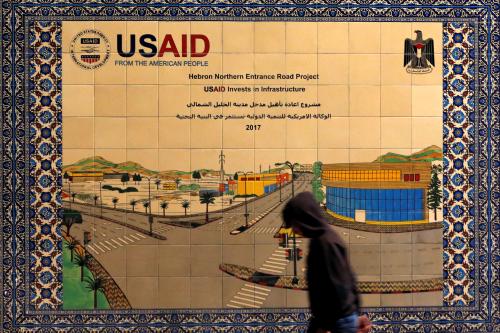
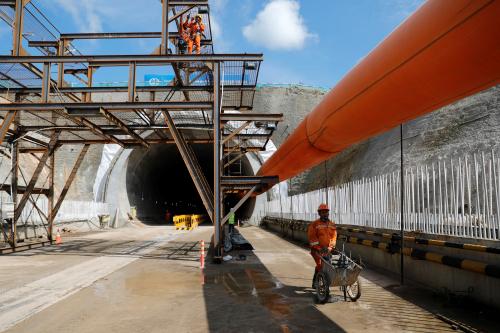
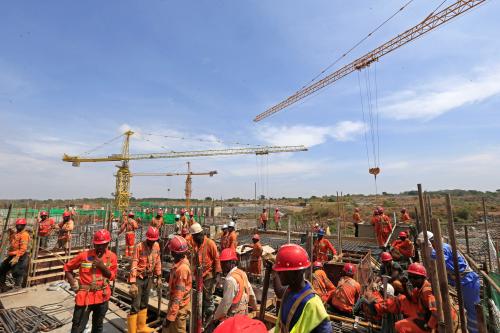
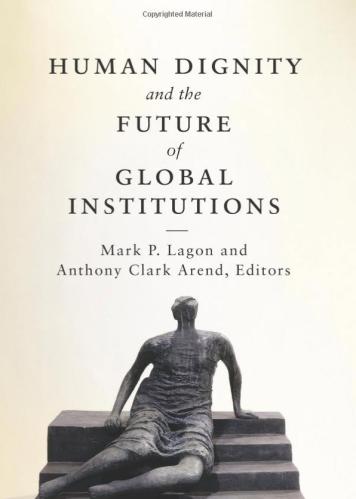
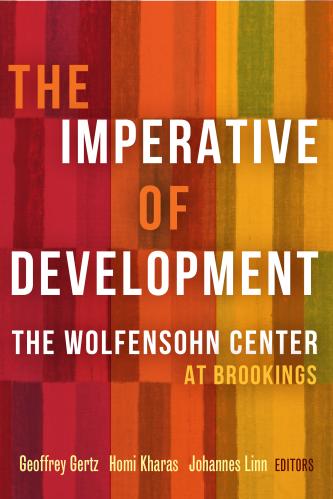



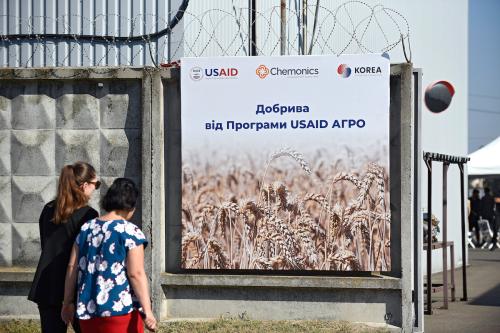

Commentary
The Development Finance Corporation confirms the new chief development officer—what’s the role?
February 10, 2020